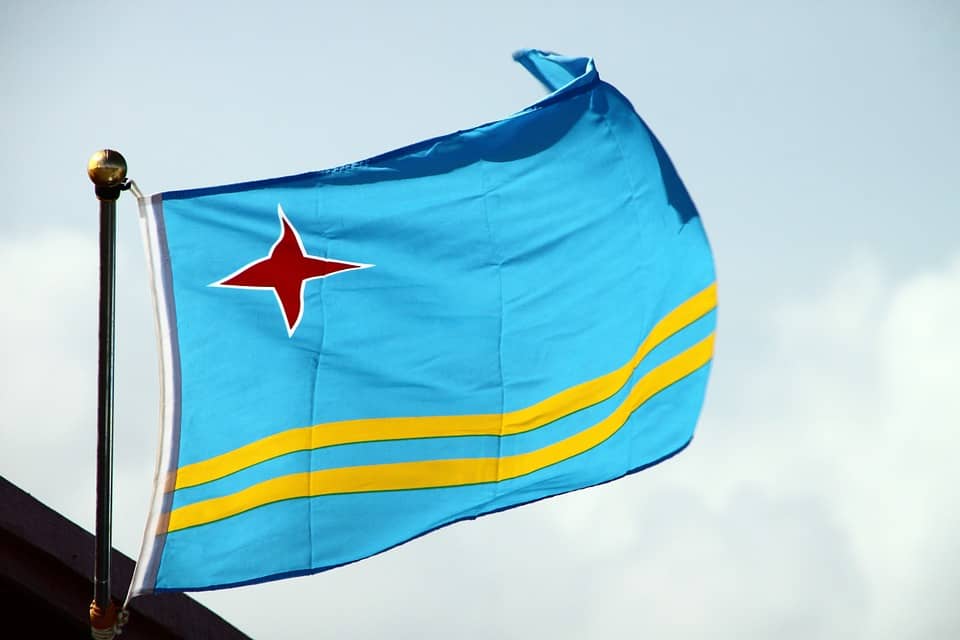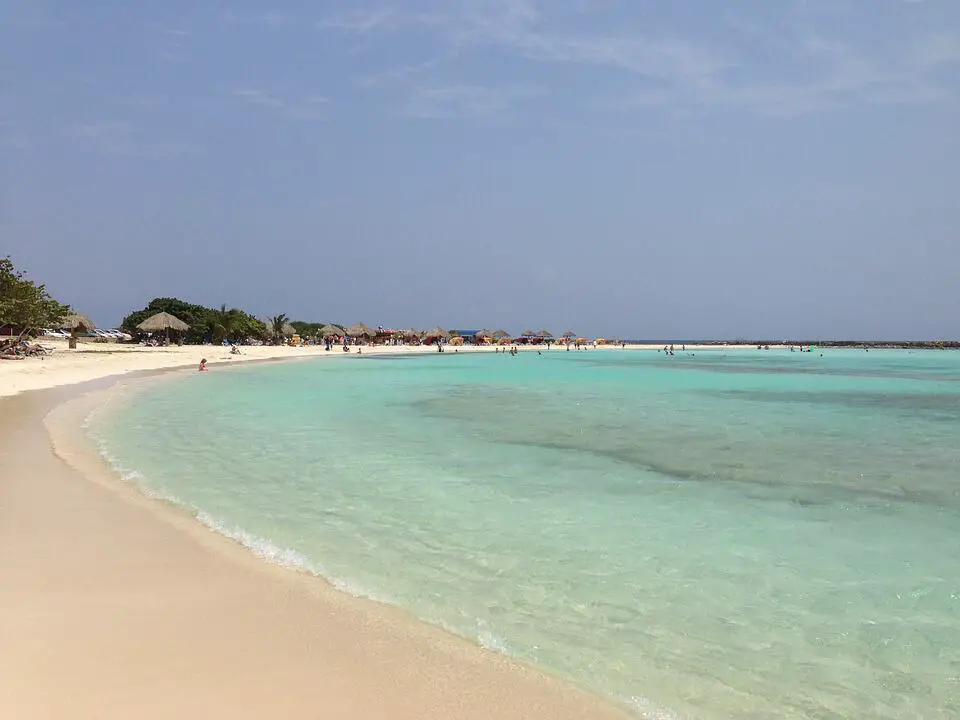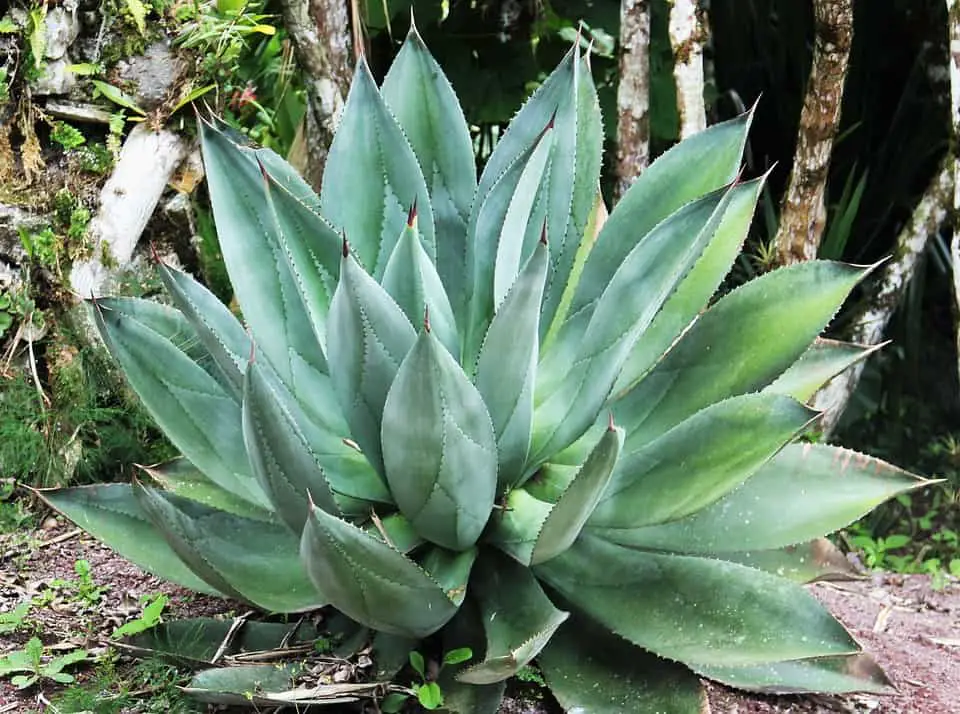The small island of Aruba is a paradise. Nestled in the southern Caribbean Sea, it’s only a few miles from the coast of Venezuela. As a frequent visitor, I can vouch for the beauty of the land and its booming tourist industry, but I always seem to wonder – what is Aruba known for? Getting to know a bit about the island and its people always seems to make my vacations more enjoyable. Let’s dig in and see what Aruba is all about!
Brief History
In order to understand Aruba now, we need to learn about where it’s been. The first inhabitants of the island were the Caiquetio Indians from a tribe in Venezuela. They were a tribe that depended on the sea for their survival – mainly for food.
The Spanish were the first from the western world to colonize the island. They enslaved the Caiquetio Indians and sent them to the island of Hispaniola to work in mines. For over 135 years the Spanish had control of the island.
The Dutch occupied the island in 1636 in order to have a base in the Caribbean during their Eighty Years
War with Spain. While the British took the island away for a short time, the Dutch regained control and Aruba became an official part of the Netherlands Antilles in 1845
Aruba still remains a part of the Netherlands but they rely on their own government for laws and regulations and even keep their own currency.

Aruba is Best Known For
Tourism
It’s no surprise that Aruba’s tourist industry is its top money maker. People come from all over the world to relax on the beaches or make a stop via their cruise ship. There are plenty of resorts to choose from and travelers come back again and again to experience the friendly people, great food and excellent atmosphere. The growth in tourism has also caused a great need for various other industries like restaurants, shopping and various other adventurous activities.
Weather
Tourism is so great because the island has fantastic weather. The weather is tropical and has an average temperature of 82 degrees. While it certainly can be hot, the island experiences trade winds that bring a nice breeze to keep things comfortable on those humid days. Aruba is also below hurricane paths and usually doesn’t experience any direct hits but may experience the outlying effects of such weather. Rainfall is also minimal with the rainy season occurring from October to January. Even then it tends to be in short bursts with the sun coming out thereafter.
Beaches
Well, if white, sandy beaches are your thing, and they’re definitely my thing, than Aruba’s where you’ll find it. The beaches here are considered to be some of the best in the world and are continually singled out by travel publications as THE place to go.
Not only that but the water is pretty great too. There are many beaches that have shallow water or coral reefs surrounding it making for some great snorkeling. The trade winds mentioned earlier also make it the perfect setting for windsurfing and kitesurfing.
Some of the beaches located on the other side of the island’s resort areas tend to be rocky with strong currents. While swimming is usually not recommended on some of these stretches of beach, there are areas where surfing can be done. The secluded nature of these beaches also allures travelers looking for a bit of adventure. I’ve set off on many an excursion to these beaches in an effort to take a great photo.

Natural Wonders
Aruba has much more than just sandy beaches and ocean views. The topography of the land can range from beachy to a 540 ft volcanic mountain nearby. Take it from me, bring plenty of water and take lots of breaks when hiking that mountain. There are giant rock formations scattered across the island and some even have ancient drawings carved on them displaying the island’s history.
There’s also a natural pool that is surrounded by lava rock in one of the National Parks. There are also several limestone caves throughout the park to explore, one that includes even more ancient drawings.
There’s a nature reserve nearby that protects the rolling sand dunes and is close to the rocky shoreline.
Shopping
What would your trip to a tropical island be without some great souvenirs? There are many areas within Aruba to shop for various local handcrafted items or really anything else you’re looking for.
The area near the resorts called the High Rise/Palm Beach shopping area has a multitude of stores, something for everyone. The Palm Beach Plaza has been called the largest shopping mall in the southern Caribbean and boasts three stories, a variety of stores, food court, movie theatre and bowling alley.
The other main shopping center can be found in the country’s capital, Oranjestad. Here you’ll find shops in bright colored pastel buildings that are interspersed with restaurants, casinos and cafes.
Because shopping is such a big deal there are certain pieces to look for in which you might be able to score a great deal. Since Aruba is a part of the Netherlands, it’s a perfect place to look for some fine porcelain pieces, especially Delft pottery. This type of pottery is blue and white and has been produced in the Netherlands since the 16th century. You’ll need to be aware of knockoffs though so be sure to check the bottom of the item where Delfts Blauw will be painted ensuring its authentic nature.
Dutch chocolates should also be at the top of your list. Every traveler to Aruba should be sure to sample some of these delicious treats and buy some for the trip home. They’ll be easy to find as many of the shops will have them on display. I always like to buy two boxes since one always seems to mysteriously disappear before I leave.
If chocolate isn’t your thing than maybe cheese is? There’s a wide selection of Dutch cheeses like Gouda and Limburger. Pairing cheese with some wine and relaxing on the beach sounds like the perfect night!
Aloe
It does kind of make sense that a sunny, tropical island produces the aloe used to relieve sunburn. At one time, almost two-thirds of Aruba was covered with aloe vera plants. The oldest aloe company was founded here and manufactures skin and hair products that can be purchased today. Aloe is so important to Aruba that the plant itself is included in the Aruba Code of Arms. A tour is available with information on the benefits of aloe along with tours of the cutting room and testing labs.

Art
Art can be found everywhere in Aruba, from the picturesque beauty of the ocean to the brightly colored buildings in Oranjestad. What many travelers may be surprised to learn is that there are a myriad of art galleries and vibrant murals all throughout Aruba.
San Nicolas is quickly becoming the hub of the art scene in Aruba. There are vibrant murals all throughout the city that have replaced run down buildings. There are various museums in town that are home to ancient fossils, contemporary art and local artisan crafts.
I love to stop by the Cosecha, where local arts and crafts are on display that represent the Aruban culture. Such colorful pieces and handmade crafts will be gifts that I cherish forever.
Scuba diving
While relaxing on the beach comes to mind when Aruba is brought up, it can be surprising to learn that the island is full of wrecks, from either ships or airplanes, and that makes it an alluring getaway for scuba divers.
The Ghost Ship of Aruba, also known as the SS Antilla was a cargo ship that was destroyed in 1940 in order to evade German surrender. The wreckage is one of the best for beginners and experienced divers alike as it sits in calm waters and has much surface area to explore. I’ve done some diving here and find it easy to explore and was amazed at all the marine life living in the wreckage.
There are two airplanes that were intentionally sunk in order to create an artificial reef. These wrecks are popular for all types of divers and it’s even easy enough to swim inside the plane and check out the marine life.
The Pendernales wreck is also another interesting dive to take. It’s the remains of an oil tanker that was sunk by German torpedoes in WWII. The site is said to have pieces of the tanker and its contents spread throughout.
The takeaway from this is that even though Aruba may be mainly known for its beaches and sunny weather, there’s much more to the island than that. It’s a place steeped in history and that’s reflected in its art, cuisine and people. Getting to know the culture of the island has opened my eyes to its true beauty, beyond the white sandy beaches and blue ocean water.

